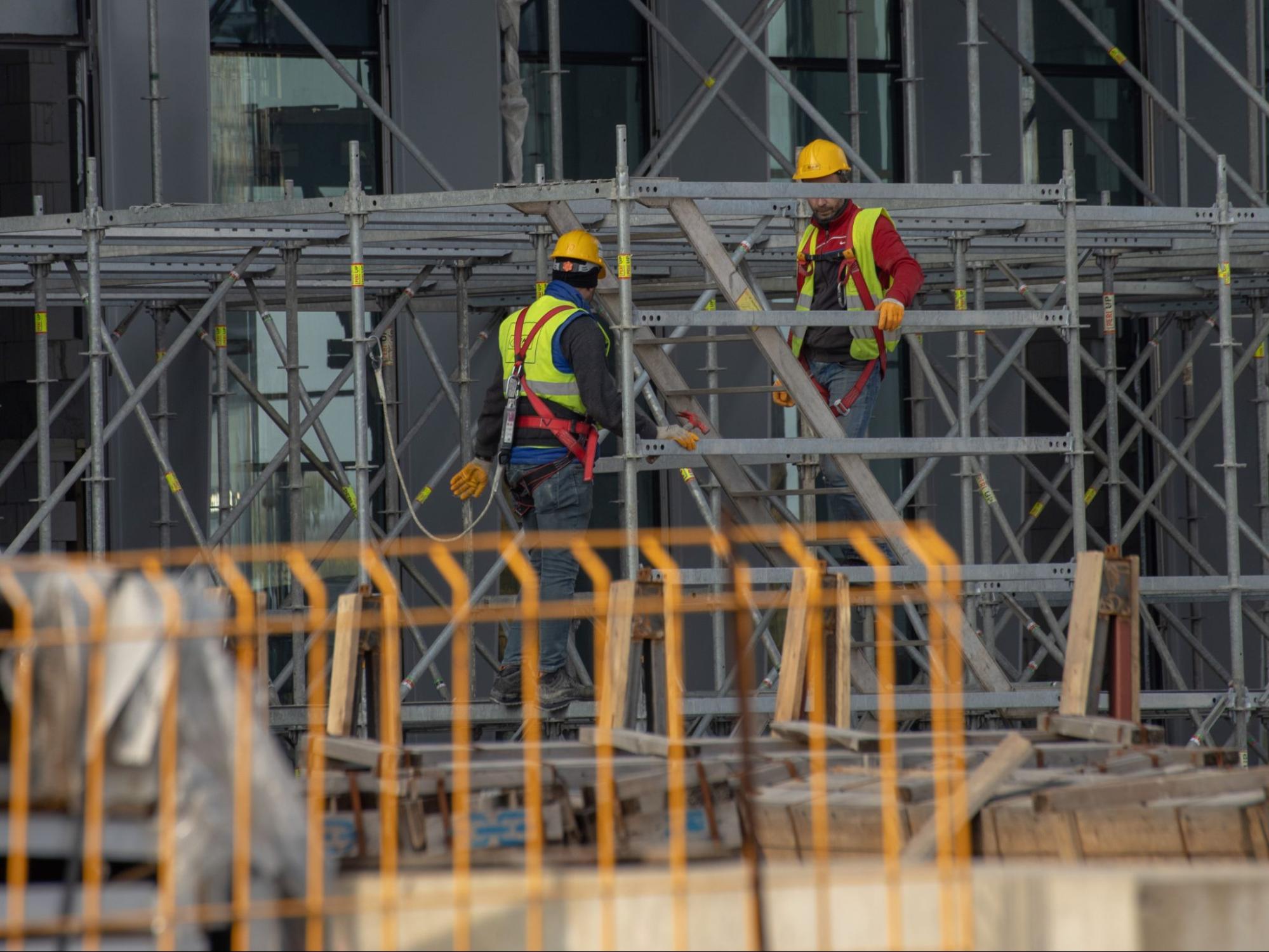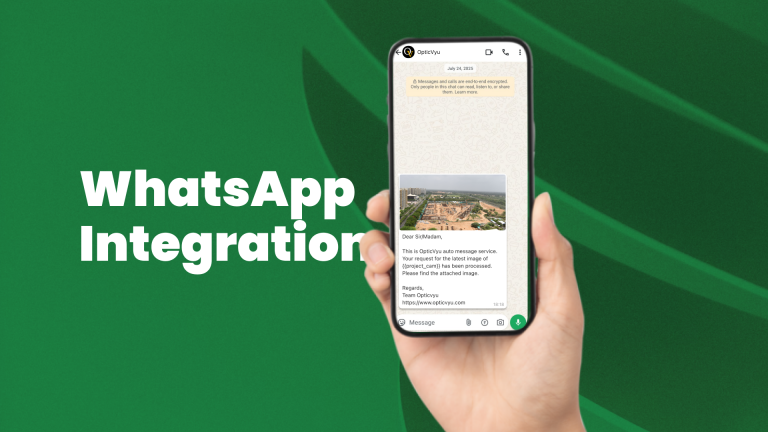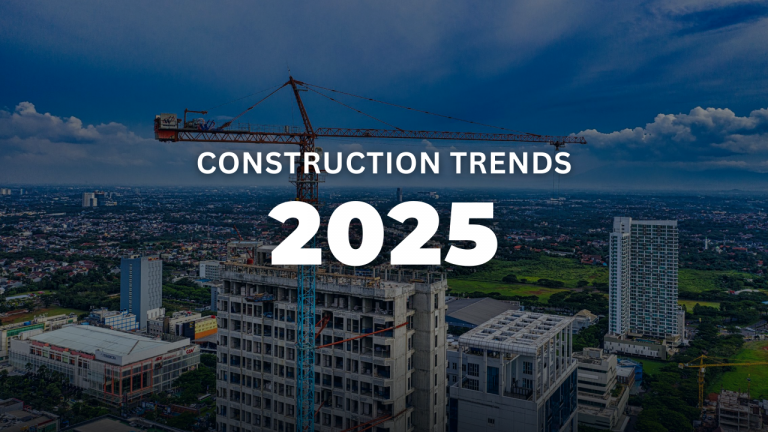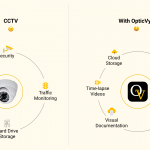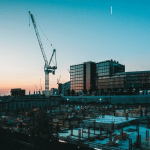Construction safety has to be a top priority for every construction business. Construction workers are exposed to several significant hazards, including- Falls, equipment failure, exposure to hazardous equipment, noise exposure, and fire and property damage. Developing a threat response plan to protect your employees and your business is important. Threat operations are a proactive approach to assessing implicit risks in operations and developing outcomes to avoid those risks.
A well-prepared threat response plan outlines specific actions that can be taken to avoid security risks and business disruption risks. Construction safety has some implicit risks cascading harmful materials such as asbestos and silica, electric shock, noise pollution, equipment failure, fire, and property damage.
Why is Risk Management Critical?
According to PropertyCasualty360, 2019 had the most work-related fatalities, adding two civil accidents during the period, making the construction industry the most work-related fatalities. As the risks widen, it’s essential to be proactive about protecting your employees, guests, and business.
Developing a construction risk management and fire protection plan provides many benefits, including:
- Improving worker safety and welfare
- Improvement of corporate structure
- Avoiding costs associated with plant accidents
- Assistance with damage to departments, property, and equipment
This proactive approach not only safeguards against unforeseen incidents but also strengthens the organization’s marketing positioning as a responsible and reliable entity committed to ensuring operational efficiency and stakeholder satisfaction
Some Effective Ways to Keep Your Construction Site Safe:
1. Safety Training:
All workers must have a current white card before starting work on-site. In addition, each worker must undergo point-by-point induction training to point out high-risk areas and provide emergency work instructions.
2. Minimize and Manage Threats:
Due to the nature of development work, it is incomprehensible to eliminate all security dangers. However, many common security issues can be avoided by conducting regular security audits and having procedures in place to report, evaluate, and fix implicit risks.
3. Site Security:
Site restrictions should not be placed solely to protect equipment from damage or theft. Safety, both on and off the job, is essential to protect workers from the hazards inherent in the field. This also includes supervisors or authorized site callers. Strict security protocols protect contractors from liability and negligence in the event of a security incident or breach.
4. Evaluation of Safe Work System:
Safe Work Method System(SWMS) must be made for all high-risk construction systems before work commences. A SWMS should outline the scope of the work involved, the implied security issues, and how the risks are avoided and addressed. By law, construction work cannot begin until SWMS standards are met.
- OSHA Guidelines must follow:
- Construction sites need to be free of known hazards as much as possible.
- Comply with all OSHA Act rules and regulations.
- Provide safety tools and equipment to maintain them.
- Ensure your warning systems are accurate and in place to detect the risk.
- Have a hazard communication system
- Provide medical exams and training
5. Maintain Transparent and Clear Communication
In addition to providing clear and comprehensive training, construction workers must be transparent and honest in reporting hazards and incidents. Accidents and injuries should be reported openly so that managers should know what is going on. Also when an incident occurs, reporting it quickly and efficiently will lead to better security and risk management practices.
While the prompt results of a mishap in a development location are not continuously unmistakable, there are numerous risks and dangers with long-term results. These include not only internal health and well-being issues for construction workers, but also tax implications for employers and workers, and moral values for those workers.
For this reason, every construction supervisor must strictly follow the OSHA guidelines, followed by clear and transparent training and communication practices, and respect for the inner health of workers.
6. CCTV Installation:
As a cutting-edge innovative approach to site security, many construction companies are using CCTV cameras, traditionally used for security purposes, to monitor workers. CCTV cameras allow site managers to identify hazards in real-time and take control measures at any time without physically visiting the site.
Cameras also collect valuable evidence that allows field managers to retroactively review incidents and near-misses that occur on-site and identify root causes. Ultimately, CCTV cameras can enhance workplace security to prevent vandalism and damage to electronic equipment and reduce site hazards from malicious intruders.
Bonus Tip: Now you can convert your existing CCTV into a full-feature construction camera with OpticVyu.
7. Make the Right Use of Technology:
Utilizing technology to minimize health risks at construction sites is crucial for ensuring the safety and well-being of workers. Solutions like OpticVyu’s AI PPE (Personal Protective Equipment) hard hat detection solution can play a significant role in achieving this goal.
Implement OpticVyu’s AI PPE hard hat detection solution to automatically monitor and detect whether workers are wearing their required safety gear, such as hard hats. This technology uses computer vision to identify individuals and their equipment, sending real-time alerts if any worker is not wearing proper protective gear.
8. Maintain Your Equipment Regularly:
Even though you cannot assess every risk, you can keep your equipment in regular quality check. Monitoring your equipment quality reduces the chances of hazards and accidents. Regular good savings involve many tasks, such as:
- Repair
- Replacing
- Servicing
- Inspecting
- Testing
There are Two Types of Maintenance to Consider on Construction Sites:
- The first is routine or preventative maintenance. This includes inspections, repairs, and remedial actions listed to ensure everything continues to work.
- The second is corrective maintenance, which is needed when something unexpectedly goes wrong or a breakdown occurs.
Conclusion:
To stay safe on construction sites, it is important to be aware of the various hazards that can endanger workers. However, some measures can be taken to minimize the health risks associated with construction work. Here are some tips to keep in mind:
- Protect yourself by wearing appropriate Personal Protective Equipment (PPE) such as a helmet, goggles, earplugs, or earmuffs to protect against noise.
- Use appropriate respirators when handling hazardous materials or working in dusty or dirty environments. Face mask or respirator.
- Maintain good hygiene by washing your hands regularly and avoiding touching your face to prevent the spread of germs and infections.
- Always be aware of your surroundings to avoid potential hazards such as uneven surfaces, sharp objects, and unstable structures.
- Take regular breaks to prevent fatigue and reduce the risk of injury.
By following these guidelines and prioritizing site safety, the health risks associated with this type of work can be minimized. Remember, it’s important to take the necessary precautions to protect yourself and those around you.

